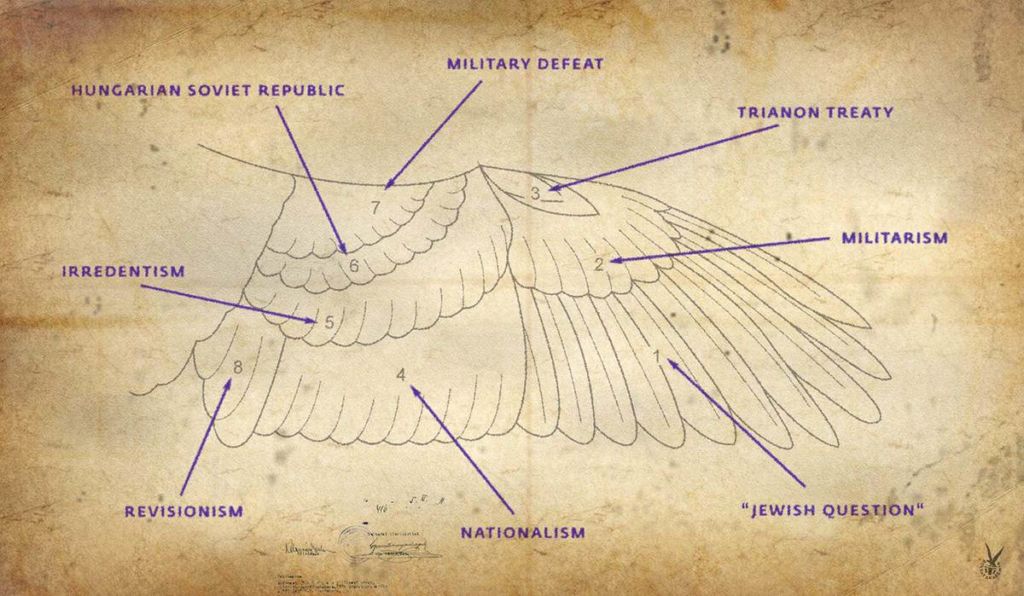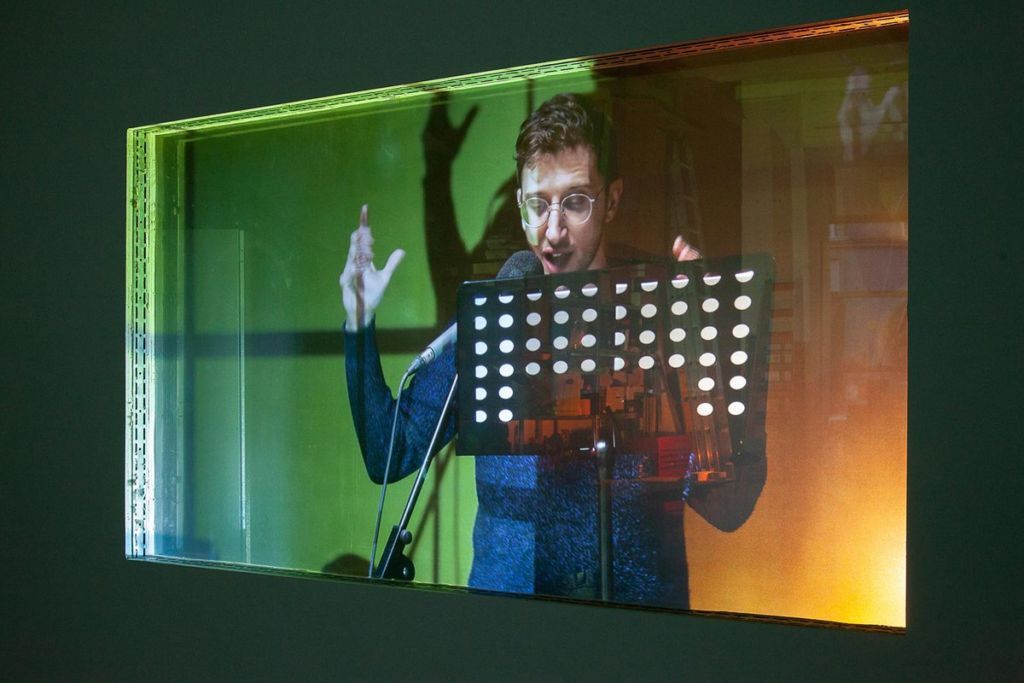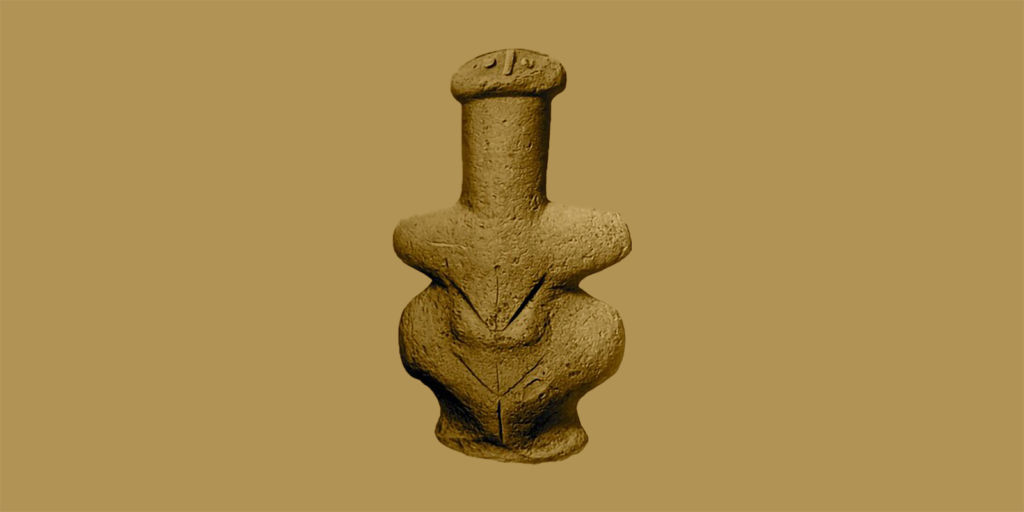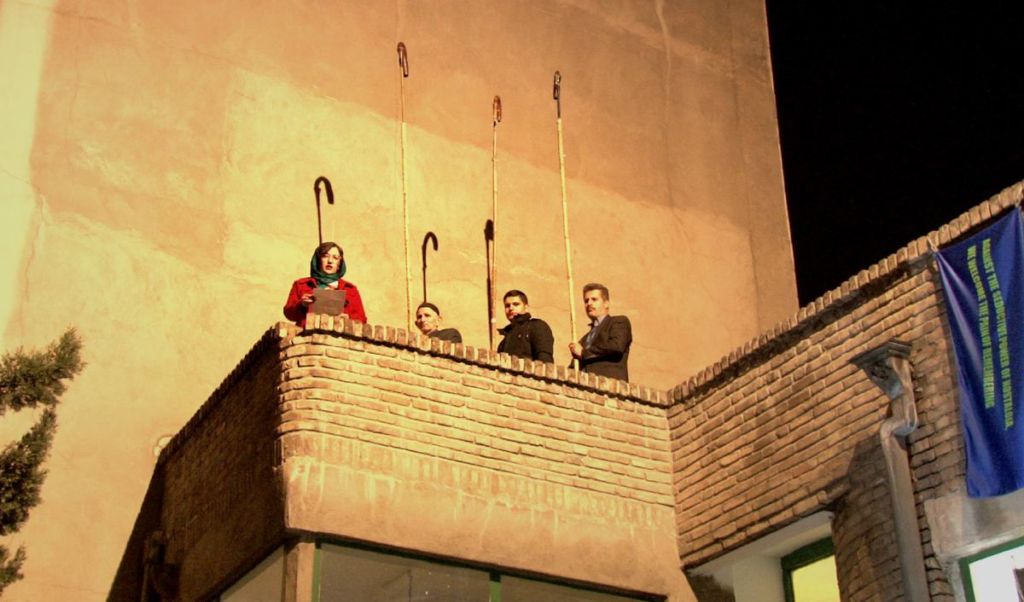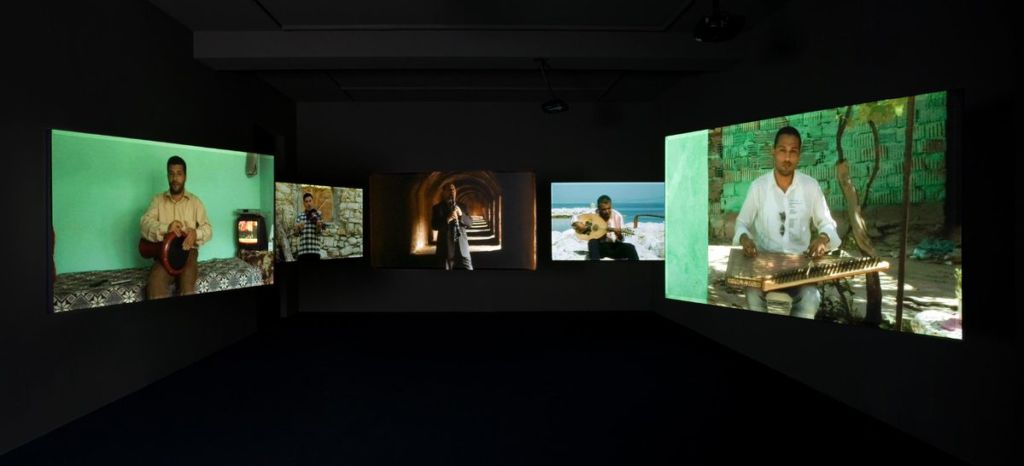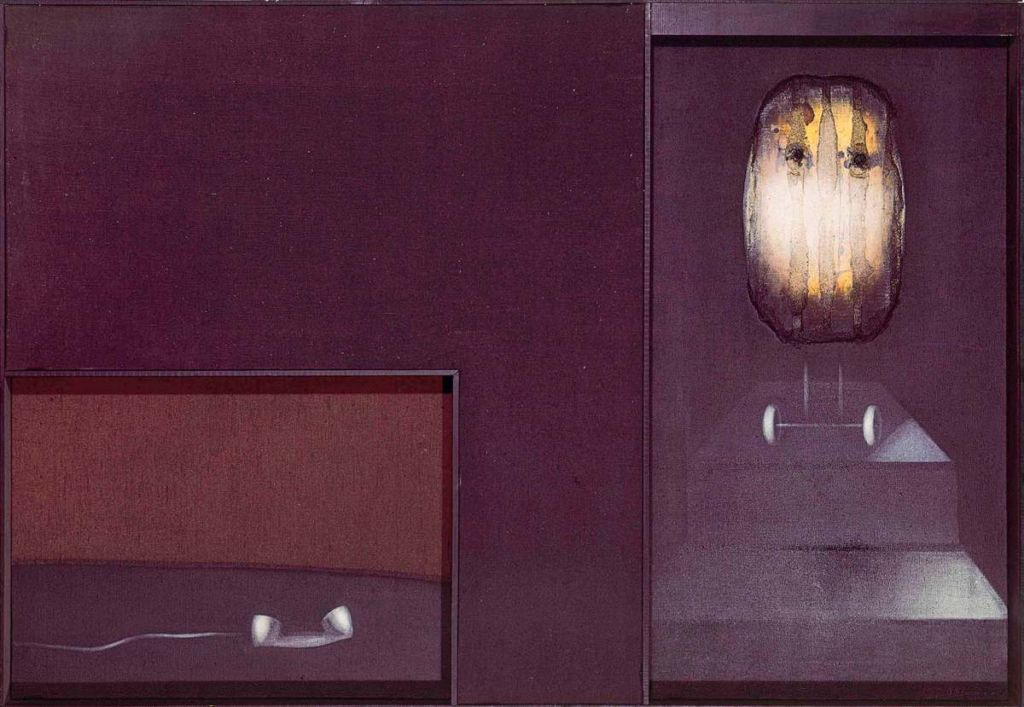Difficult to deny that ruins occupy an ever-greater part of the imagination of our time. We are not talking here of ancient or Gothic ruins, but of the dilapidated spaces in contemporary cities and their desolate factories, empty train stations, all the forgotten places of modernity.
The black aura of a city like Detroit, the Pompeii of today’s deindustrialisation, hovers above every abandoned building in the world. In just a short time, Detroit turned into the new Mecca of urban exploration, with pilgrims of urban devastation making their hajj to Detroit’s Michigan Theater and circling it like the Kaaba cube. But we are not going to focus on that kind of city here. Industrial ruins still belong, for the most part, to the classic cult of the collapsed monument. They remind us of past greatness and evoke nostalgia for a fragile and mortal civilization. Amidst the columns of temple ruins or an abandoned warehouse, we still praise the beauty of the Empire’s leftovers. Even in Detroit, although clearly we are not celebrating the fall of Rome or Athens, we see the obsolescence of technological progress, the dreams of modern industrial society. And yet these were inscribed—and remain so today—in the project of monumental building. Bourgeois primo-capitalism sought to mimic—all while denouncing—the aristocracy and its desire for immortal glory by erecting the eternal crystal palaces and Eiffel Towers of the future. It pursued the goal of building solid, illustrious, admirable things that would both physically and symbolically establish its sovereignty. Today, however, we can no longer assume that we face the same mental configuration.
We have entered the third age of ruin. After the ruins of antiquity, then those of modernity, today is the era of instantaneous ruination, the ruin of the present itself which, borne of and conquered by urgency, no longer lasts, rather dissipates at the very moment it arises. If modernity still built for the future, wanting to confirm its power and reign by inversing the authority of antiquity—an authority that ruins accentuated rather than devalued—the hypermodern ideal to come, with its thousands of signs, seems to have completely renounced this age-old ambition in its rush to erect buildings that meet only the demands of the present moment. The very temporal regime of commercial contemporary architecture, a few exceptions aside, has reduced itself to the fleeting point of an instant. Urgency, not speed, shapes our relationship to the world and is the sole factor in our social construction. Of course, this fever for the present is sometimes tempered by an eco-awareness for the lasting preservation of our natural and human environment, but paradoxically, the latter can also aggravate the former by encouraging flighty constructions that prize the modular, that are easy to dismantle and ultimately, precarious. On both the neo-capitalist side attempting to shape human space as well as the side vying to preserve nature, we see a proliferation of ephemeral buildings. From the discount hotel to the mobile cabin, the decorated warehouse of a commercial zone to the recycled crates of eco-architecture, it is goodbye on all fronts to a settled foundation. Certainly, the reasons for this territorial destabilisation differ, and it would be absurd to mistake one for the other: short-term profits for environmental concern. But the results, in terms of how humans attach themselves to structures and stable places that exist in the world in a lasting way—and thereby remove mankind from the lethal flux of all things for a little while—are not so very far apart. Indeed, there has been a dramatic change in our relationship to habitat, which was supposed to ensure our permanence in the world and its landscapes. If hypermodern buildings are more fragile, mortal and temporary than the people who construct them, if their lives are shorter than human lives, what happens to the fundamental relationship that humans have woven with their habitats over millennia?
The ruins of hypermodernity no longer belong to the cycle of fallen greatness. There is no need for wars or disasters to produce them, for a simple and obvious reason: the way in which buildings are built no longer allows them to become ruins in the classic sense. These constructions are so precarious and fragile that they deteriorate as soon as they are abandoned, and therefore cannot be subject to ruination, which, as we have seen, implies a certain constancy so that degradation may take place. Does this mean the word “ruin” itself simply no longer applies? In a sense, yes, since these kinds of low-cost buildings, made of poor-quality materials, are no longer solid enough to become a “persistant” vestige. They lack the ability to endure beyond their use, and thus slowly degrade over time. What is striking about the commercial architecture that has spread across the urban periphery over the past fifty-plus years is the poverty of its materials and symbolism. Dressed-up warehouses, shopping malls, service stations, suburban ranches, in short, the entire gambit of buildings from the hyper-capitalist era of immediate profits through over-consumption on credit, it all generates an air of impermanence and, for the most part, misery. How can a building with a twenty-year life expectancy ever hope of becoming ruins? Even the possibility of deterioration is denied. Time cannot inscribe in it the traces of decomposition. And so we observe in the paradoxical logic highlighted earlier, that this deterioration is not something so overwhelming, since it serves, in the case of classic ruins, to promote the desolate building as an aesthetic object. When it comes to architecture that is as disposable as the consumables it houses, however, this is no longer possible. The featureless buildings of these shopping zones and the customer areas surrounding them do not slowly and majestically disintegrate according to the contradictory process of ruination, they are quite simply erased from the surface altogether. As soon as they are abandoned, for essentially commercial reasons, they perish entirely. Last year there stood a warehouse covered in logos, today there is nothing, just the concrete slab that held up its temporary structure.
It is just that these contemporary constructions, with a few exceptions, are the direct expression our altered social relation to time. One hardly needs emphasise that the current age has turned the present into the essential temporal mode for relating to itself and to that which exceeds it. The obsession with instant gratification, be it interpersonal, economic or cultural, even religious, is a testament to how we have distorted time into plain urgency. Architecture equally reorients itself toward the short-term and involuntarily incorporates these urgent demands for constant flexibility, adaptability and mobility, in sum, the law of flux. Aside from private or public projects that reflect a sustainable integration of buildings in a fragile, finite and exhaustible natural world, most buildings of the hypermodern era uninhibitedly make a show of their obsolete and fleeting character. They no longer attempt to have a foothold in the world, they simply occupy—and destroy it—on a temporary basis. By rejecting stability and form, this architecture could be called acosmic. In truth, it seeks to neither establish itself in the world nor establish a world. Its refusal of stasis makes it entirely subjugated to the acosmic flux of the market. Borne of pure consumerism, and even of pure destruction, it also disappears with this consumption, and does not seek to offer anything more than instant gratification.
The relationship to ruination is completely reversed. By definition, ruin presupposes that a building is constructed, used and worn out. One could even discern five fundamental phases in the life cycle of a building: conception, construction, inauguration, use and deterioration. The current buildings of hyper-capitalist suburbia dismiss this logical order. In their case, ruination does not succeed construction as its mortal becoming, it is consubstantial. As Robert Smithson remarks in A Tour of the Monuments of Passaic, New Jersey (1967), where the American artist explores the New York City suburbs, the minor monuments he encounters there are “ruins in reverse”. In the “zero panorama” with no centre and no periphery, these bland constructions “don’t fall into ruin after they are built but rather rise into ruin before they are built.” The ruins in reverse from “this hastily-built world” make no effort to resist time by proving themselves stable things; rather their very presence is already proof of their obsolescence. In other words, buildings do not contain in themselves their own ruin as an essential possibility; rather they are and appear already as ruins. Ruination, that is the (de-) gradient path towards nothingness that stabilizes itself for a short while within an identifiable object, is not present in hypermodern construction as a future destiny, and this is precisely what renders so very palpable the tension in hypermodernity’s vision, a tension portended in multiple signs (wear and tear, deterioration, etc.). Ruination is the present itself without past or future; it adheres entirely to what is built. Humans no longer build something that deteriorates rather they erect deterioration itself. By voiding the opposition between a construction site and its ruins, that is to say, the very logic of completion and degradation, contemporary building simply exalts heaps of gravel. This is instant ruination; the ruins that precede ruin and can no longer become ruins because that is precisely what they already are.
It is not the first time in the history of architecture that man has built ruins. In the 18th century, garden follies inspired by the English picturesque style spread throughout Europe. Fake ruins, a crumbling tower or temple, etc. are built to enliven parks and promenades. But these artificial constructions do not hide their false nature. They are not true ruins, but signs of ruins that are not experienced as ruins but as trompe-l’œil. What we refer to as instant ruin here, in which ‘instant’ signifies both immediate recognition and a near non-existent lifespan, has nothing to do with simulation or playful references. Today’s architectures are ruins to the extent that they are built to avoid any commitment whatsoever. Thus the traditional question of deterioration does not apply. Here we can draw a parallel between our contemporary relationship to ruins and our relationship to death. Just as for the past fifty years our sensitivities have made less and less tolerant to the physical presence of death, and by extension its exhibition, burial and veneration, which we try to reduce to the very minimum, so have they led us to eradicate buildings like the cadavers we incinerate within minutes. Like the deceased, buildings never die, no longer die, no longer live the life of their death which implies the ordeal of separation and a time for mourning, rather they simply go up in smoke. The Western trend toward incineration can be explained by a progressive disgust for the body’s slow decomposition, its presence and place. The feeling that death is obscene has spread to buildings themselves. Our precarious habitats die with us. The urgency with which we erect them, driven by the sole criteria of efficiency and profitability, is also what makes them immediately disappear. Because in order to become ruins in the classic sense, these architectures would need to possess at the very least a kind of solidity and the symbolic pretension of lasting. But that is precisely what they lack. It is as though they too have planned obsolescence, a principle of built-in self-destruction. Indeed, suburban construction is incapable of projecting itself, even materially, in time; without stasis, it is perpetually sucked back into the precarious flux of adapting to an equally volatile market economy. Urgency, our new social relationship to time that is not only the consequence of physical acceleration, takes this architecture out of the world, that is, from the order of stability and the notion of longevity, conferring upon it a snapshot existence, the flashing phenomenality of a ghost. It appears and disappears without a trace. The urban explorer, who so avidly rummages through the dustbins of history, is put in an irritating bind. In the suburbia of immediate deterioration that leaves nothing behind, no admirable vestiges, there is nothing to discover, to collect, to archive. While traditional and modern ruins have always been open mines where, by necessity or plunder (the limit is tenuous), the living went to scavenge materials, elements, impressions for their own use, instant ruins simply leave the field empty.
This disposable architecture is therefore as perishable as the goods it contains. It expires with them. It is a kind of architectural packaging that is consumed as it encases. In contrast with regular consumer packaging that slowly degrades and, as a result, creates persistent pollution with an environmental impact, architectural packaging is thanato-degradable in that it vanishes when it expires. And so it shatters the millennial claim of architecture outliving its architect. For it leaves almost no trace, neither in the material world (aside from the concrete slab that supported it) nor the symbolic one, since humans have now long accepted the vapid nature of the commercial buildings that surround them and that spontaneously disappear on a daily basis. Of course, in a sense, this disappearance is a good thing. These architectures are so ephemeral and poor, sometimes less solid than their mock-ups, that preserving them would add no particular value, even in the unlikelihood of achieving a state of ruin. Contemporary man does not mourn the repeated death of these warehouses and big boxes that, possessing no qualities whatsoever, do not deserve to last and thus leave a trace on our memory. But that is precisely what is disturbs: the current disillusioned acceptance of nothingness. Instant ruins correspond to those temporary buildings that are conceived, built and inhabited like fragile shells, empty and without worth, ghostly packages whose expiration date is always now.
Text produced by Arnaud Maguet & Hifiklub in 2015 for the project “On Dirait le Sud” (seven films on DVD + soundtrack on vinyl record + exhibition at the Museum of Fine Arts in Toulon).
Translation by Maya Dalinski

